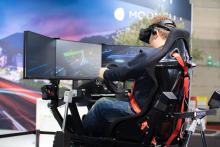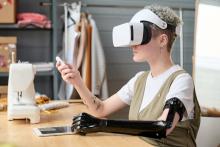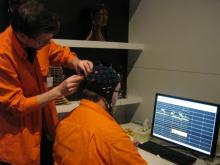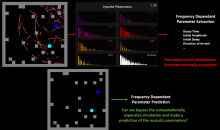Design in Virtual Reality (VR) Racing Games: Engaging the User’s Sense of Speed
The rapid development of realistic simulations in racing games has led to the undermining of a user’s sense of speed, reducing their immersion. This effect is more apparent in Virtual Reality (VR) racing games where users need this immersion to have a comfortable experience. If users are not immersed in the VR racing experience, they will be less engaged as a result of cybersickness. This project aims to develop a framework to assist game developers, and the research field of game design, on understanding how to engage a user’s sense of speed in a VR racing game.










